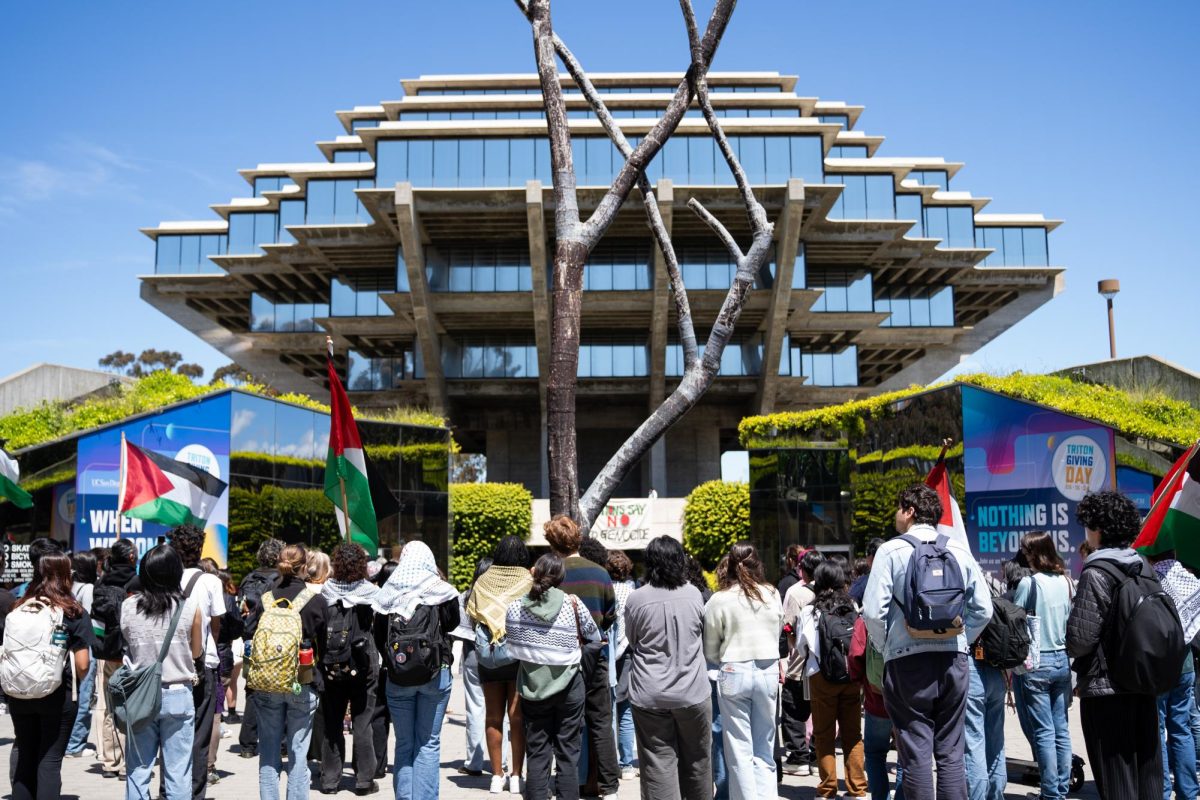Being a “legacy” at a university means that one or both of the student’s parents graduated from the school, and that this family connection increases the student’s chances to gain admission. The higher admittance rate of alumni’s sons and daughters has made the news, with Princeton admitting 41.7 percent of legacy applicants in 2009 — 4.5 times the rate of non-legacies. And at Notre Dame, the admissions rate for alumni children is 50 percent, double the university’s overall acceptance rate.
As products of a public school, none of UCSD’s students benefited from legacy admissions, and none of our children will benefit from their parents having made it through four years here. Private schools have the right to go about admissions in whatever way is best for the university — even if that means giving Miss “Born Wearing a Stanford Sweatshirt” an admission over me.
Many have spoken out against the nepotism of legacy admissions, including Richard D. Kahlenberg who recently detailed his argument in his book “Affirmative Action for the Rich.” According to Kahlenberg’s study, legacy admissions apply to no more than 100 of the nation’s 3,500 public and private universities. There are many private schools that are not competitive enough for legacy to make a difference, and public schools could not care less where your parents got their degrees. However, waging a war against this archaic practice isn’t worth the energy because private school’s legacy admission policies affects very few applicants — yet these students complain because they are competing for the best schools in the nation.
Private universities need to think of the future of their enterprise, because, unlike public universities, they are not guaranteed money from the state every year. It’s sometimes forgotten that higher education is a business. And as a business, they need to act like a business to survive. They need to advertise, promote their brand, and invest — even if it means investing in students with the hope that their parents will donate.
It may seem that successful universities like Harvard and Yale, which have students ready to sell their souls for spots in the freshman class, don’t need to cater to their alumni. But these alumni are the people who gush about their alma maters at college fairs, proudly cover their cars with stickers and buy season tickets every year to cheer on the football team. Allowing these children to come back to their parent’s beloved university is not just about encouraging donations; it’s also about creating a community of people who are free good-will ambassadors for the school.
It’s because of the alumni that some private schools are as successful as they are today. Take USC, for example, which had an acceptance rate of 70 percent in 1997 but gained enough popularity to turn away students with a 24 percent acceptance rate this past year. USC’s powerful network of committed alumni who bleed red and gold are the reason the school has skyrocketed to become a top-notch university and a thriving business. The university looks to keep its alumni close by admitting their children and maintaining that loyalty.
It’s not like they’re letting in airheads over smarter but less connected students — the New York Times found that the average legacies’ SAT scores at Middlebury were higher than that of the school’s non-legacy admitted students.
It is easy to see why most students don’t like the idea of legacy admissions — it helps only a handful and leaves the rest of us relying on our test scores and countless extracurriculars to make us stand out. But we have to remember that universities are businesses first — like any other enterprise, they need to keep their brand name strong and their customers coming back. Private colleges should scratch the polite, long-winded standby of the “We regret to inform you…” rejection letter, and revert to the more direct message of: “It’s not personal, it’s business.”







